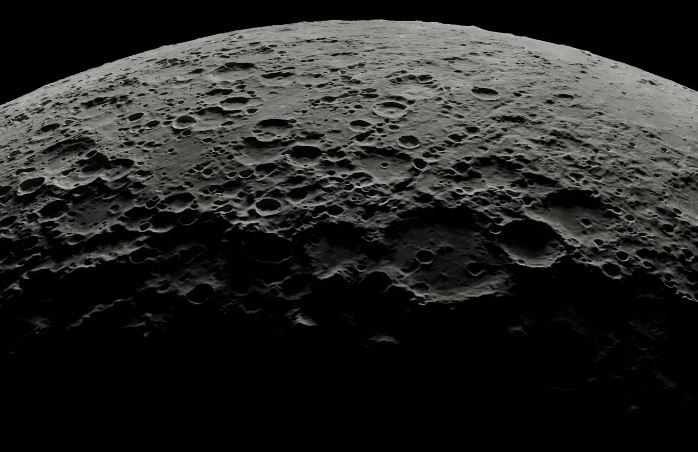Greater ice on Moon; critical for missions: ISRO Study
A recent study conducted by scientists from ISRO’s SAC in collaboration with other research institutions has revealed enhanced possibilities of water ice occurrence in the polar craters of the Moon. The study suggests that the amount of subsurface ice in the first couple of meters is significantly larger than the ice at the surface in both poles.
Drilling to sample or excavate this ice will be crucial for future missions and human presence on the Moon. The study indicates that the extent of water ice in the northern polar region is double that in the southern polar region.
The primary source of subsurface water ice in the lunar poles is believed to be outgassing during volcanism in the Imbrian period. The distribution of water ice is likely influenced by Mare volcanism and preferential impact cratering.
Research Tools
The research team used various instruments onboard the Lunar Reconnaissance Orbiter, including radar, laser, optical, neutron spectrometer, ultra-violet spectrometer, and thermal radiometer to study the origin and distribution of water ice on the Moon.
Significance of Study:
- Accurate knowledge of water ice occurrence in the lunar poles is essential for future missions exploring lunar volatiles.
- The study supports ISRO’s future in-situ volatile exploration plans on the Moon.
About ISRO’s in-situ volatile exploration
- ISRO is planning future missions to explore and study the water ice and other volatiles present in the permanently shadowed polar regions of the Moon.
- One of the major objectives is to attempt in-situ resource utilization (ISRU) of lunar water ice for generating rocket propellant and other resources to enable sustainable lunar exploration.
- ISRO is developing landers and rovers with capability to drill into the lunar surface to extract and analyze sub-surface volatile deposits like water ice.
- Technologies like cryogenic sample handling, volatile extraction plants, and ISRU propellant production plants are being developed for utilizing lunar resources.
- The Chandrayaan-3 mission, targeted for launch in 2024, will carry a small lander and rover to study the composition of lunar soil and an instrument to detect and study the lunar exosphere.
- In the long run, ISRO aims to set up a Lunar Polar Exploration Mission to scout for an ideal location to harvest water for a sustained lunar habitat.
- Detailed study and utilization of lunar volatiles is critical for ISRO’s future plans of setting up lunar bases and human spaceflight missions to the Moon.
Month: Current Affairs - May, 2024
Category: Science & Technology Current Affairs







